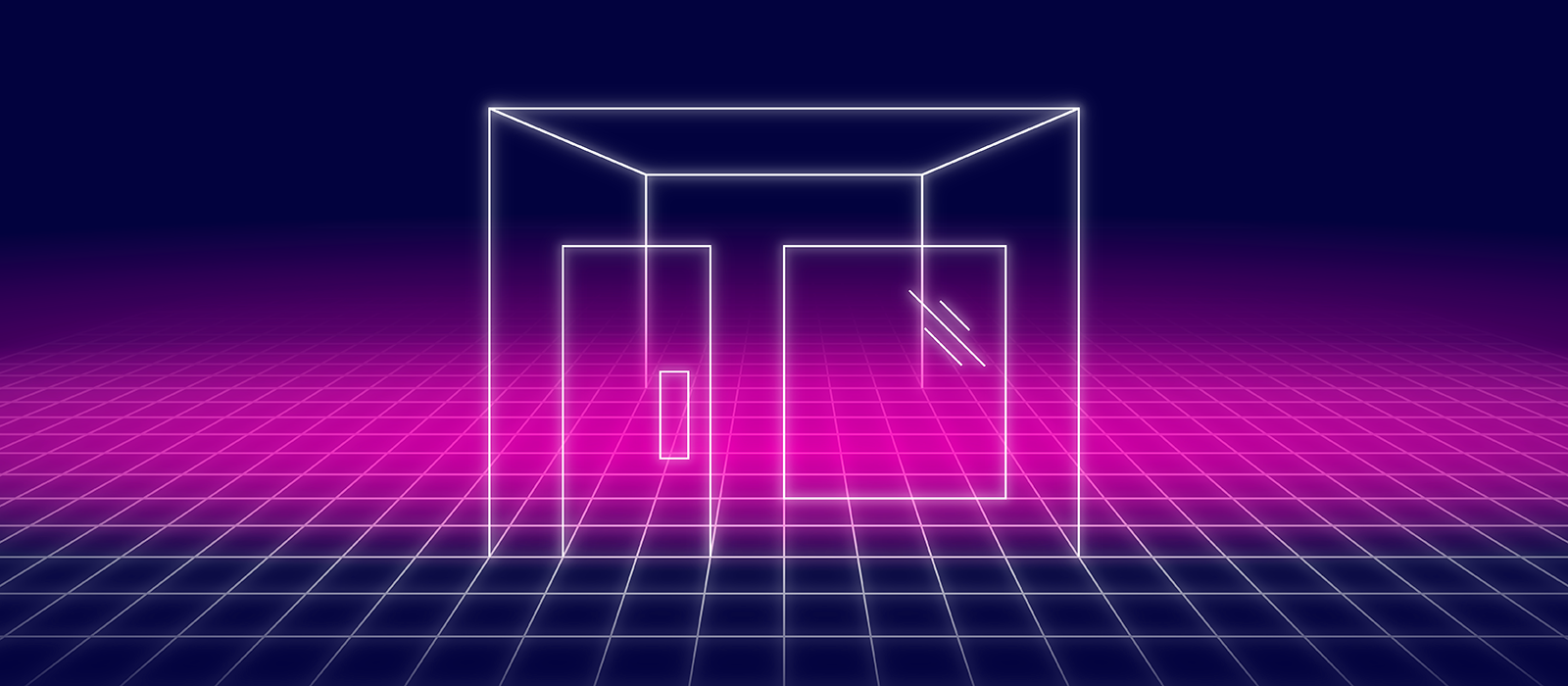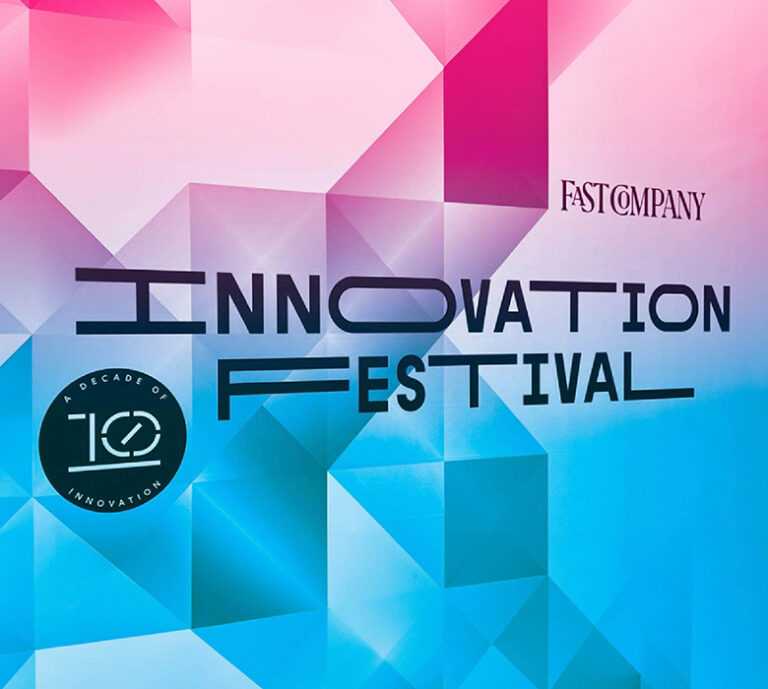×

Our Executive Director of Architecture, Glen Middleton, shares how brands should be approaching sustainable retail design.

In VMSD, our Executive Director of Strategy & Insights, Bill Chidley, identifies five approaches to building physical retail spaces for an uncertain future state.
When it comes to building physical spaces, how do we design for an uncertain future state? This question lies at the heart of what the team at ChangeUp is calling the Zero Horizon World– one where change comes faster than we can adapt. Our evolving notion of obsolescence has long since moved beyond the basic durability of something to its alignment with fashion, but today we need to account for a rapidly changing digital landscape.
In the physical world, eventually everything wears out, and the antidote to this for business was a cycle of re-investment, that is… refresh the image, accommodate new service models, and evolve the offering and layout based on accumulated experience. Renewal was, and is, essential. And retail has layers of renewal cycles that have always served to keep experiences refreshed, new merchandise, seasonal merchandising, music, and a trickle of new technology.
In this past world of re-imaging, the consumer was excited and attracted by something new. In the Zero Horizon world, what’s new is no longer constrained by the physical world, and can be radically different. Knowledge isn’t a library, it’s Google, convenience is no longer a Drive-Thru, it’s DoorDash, and fashion trends aren’t discovered in Macy’s, but Tik-Tok- at least at this moment. Hello Metaverse?
Spending millions of dollars to design and construct a store or restaurant today can feel as risky as making a fleet of sailing ships a year before the steamship comes along. But it is a business reality that renewal must happen. No options to hibernate for a decade or to time travel exist. There is no guaranteed way to future-proof a design, but there are strategies that can minimize the need for drastic future remedies for shortsightedness. We have identified 5 approaches to designing in the Zero Horizon World.
Designing for an uncertain future should always involve evaluating the status quo at a level deeper than the surface. This can be a challenge for any business that has been wed to incremental change. We always question clients for the reasons behind past decisions, and often they don’t know. Now is a time to get your house in order. Declutter with an eye towards keeping what matters to the guest experience, discarding the residue of long-gone ideologies and regimes, and displaying what (truly) makes your brand distinct for the long haul.
As the classic Reddit question posits “would you rather fight 100 duck sized horses or 1 horse sized duck”, I agree with the faction that would choose the giant duck. Being big means it’s hard to move and hard to adapt. Plus, there are just more opportunities drive more revenue from the same space. We use some sophisticated modeling tools to actually optimize- right-size- the retail box. Better to edit than add merchandise as more categories move online or to BOPIS.
Minimize the number of walls and millwork that are permanent. Our new retail facility concept for Honda is designed to be adaptable so that changing layouts or adding services are not only painless but avoid the sunk-cost anxiety of tearing out once precious “assets”. This approach can be especially important in businesses that have franchisees or dealers who often see once “required” architectural expressions turn into eyesores or signals of the past.
It is rare that one brand can, on its own, move the mountain of established patterns and expectations of customers. Determine what about the design is established by the herd (the category) and don’t try to change into an outlier. Any driver today could move from their car to a strange one and still drive it. Fundamental changes are not unilateral, they have momentum and become adopted because the herd moves. The design challenge is to make the familiar distinctive, not introduce change for change sake. (The exception: you have unlimited resources.)
Computer software used to be loaded from a handful of floppy disks (that icon is still used to for “save”), then it moved to multiple CDs, and now it comes through the firehose internet. Yet the megabytes have become gigabytes of code for virtually the same tasks. The programs get bigger (aka bloated), with new features, but the old features don’t always go away. In the digital world, cost of memory has become ridiculously low, so we take it in stride. Building costs have not. Adding features and services to a concept should be looked at not as additional, but reappropriated costs. This is good discipline, and worth the cultural and political pain. In a business climate driven increasingly by accelerating consumer behavior changes, economic cycles, evolving marketing priorities, and ongoing product trends, physical assets will always be the laggard. Designing for the Zero Horizon World of constant change requires a philosophical shift and next-level creativity to ensure that physical retail remains the preferred way people shop and strengthens the brand for a future that will always be as close as tomorrow.


